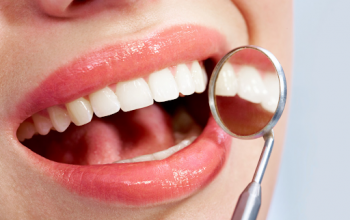
There’s no secret that maintaining a healthy smile is medically important, yet many Americans’ dental hygiene is severely lacking. In fact, at least one in five Americans has one or more untreated cavities, and the poorer you are, the more likely you are to be one of the untreated 20%, at least among adults. Subpar dental care can lead to a number of ongoing issues, some of which can even lead to the need for emergency dental care. It’s not always easy for patients to understand when it’s time to see an emergency dentist, but knowing which signs to look for is the key to making the best medical decision for your dental health. Here’s a quick guide to help you understand when to seek emergency care — as well as when not to.
Signs You Need Emergency Dental Care
First, it’s important to know the specific signs and symptoms you’ll experience that indicate that you should see an emergency dentist as soon as possible. These signs may emerge from an existing issue or arise completely on their own. Signs that emergency dental care is necessary include ongoing toothaches that are more severe than normal, severe swelling, and uncontrollable or unstoppable bleeding from the mouth or gums. You should also seek treatment if you’ve suffered from any type of jaw injury. And of course, if you had a permanent tooth knocked out, you should seek immediate treatment as well to ensure proper healing.
Signs You Need Non-Emergency Dental Care
While there are countless dental problems that can arise and make a patient feel as though they need immediate care, some of these issues can be treated without a dentist, some may go away naturally, and others can wait until your regularly scheduled checkup or family dental cleaning. If you experience a dull toothache, emergency dental care usually isn’t necessary. Similarly, if you break or crack a permanent tooth, the issue doesn’t need to be resolved immediately unless it’s causing you severe pain. Other non-emergency dental symptoms include lost fillings, bridges, and crowns, and broken retainers.
Ultimately, understanding what constitutes and does not constitute a dental emergency is the key to prioritizing your and your family’s dental health.



